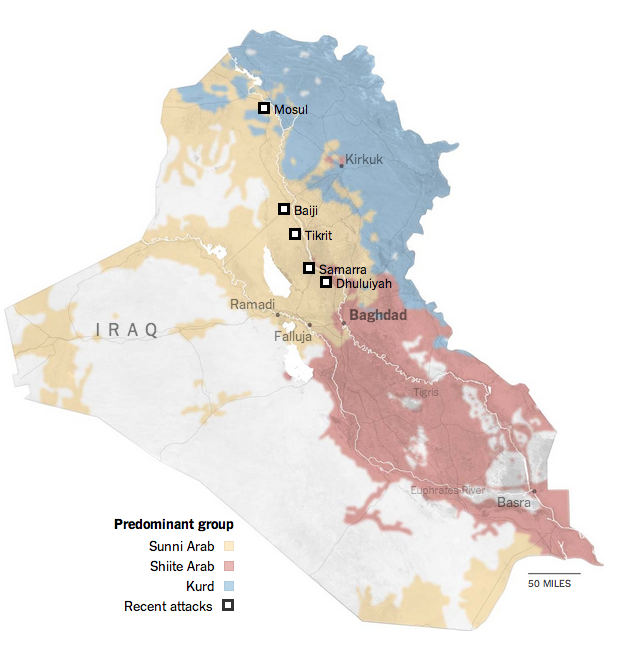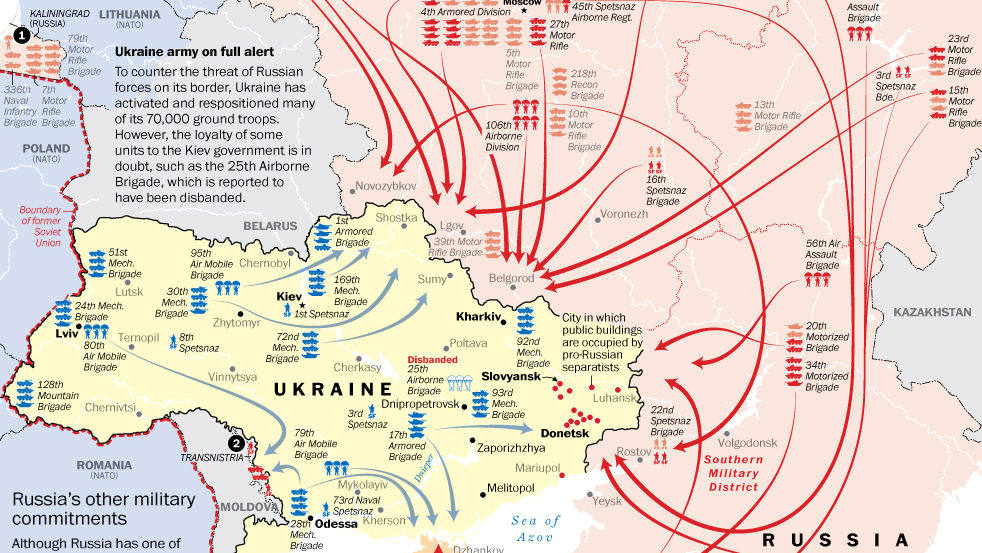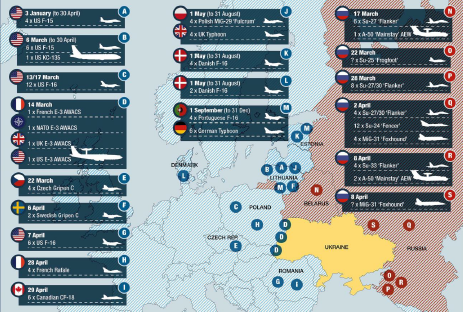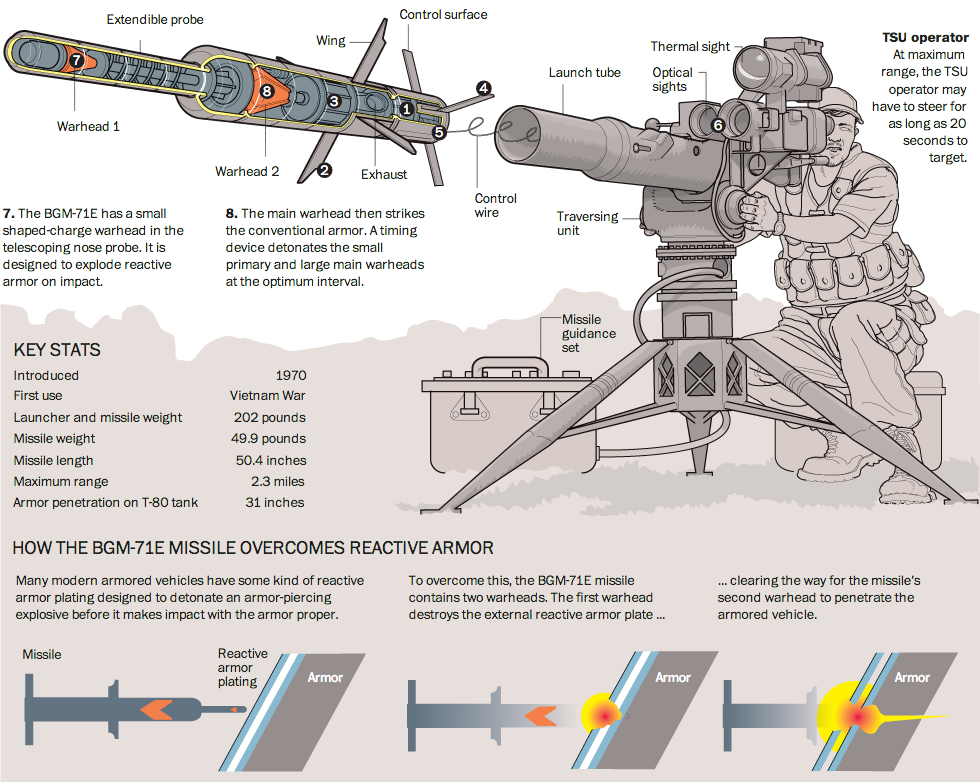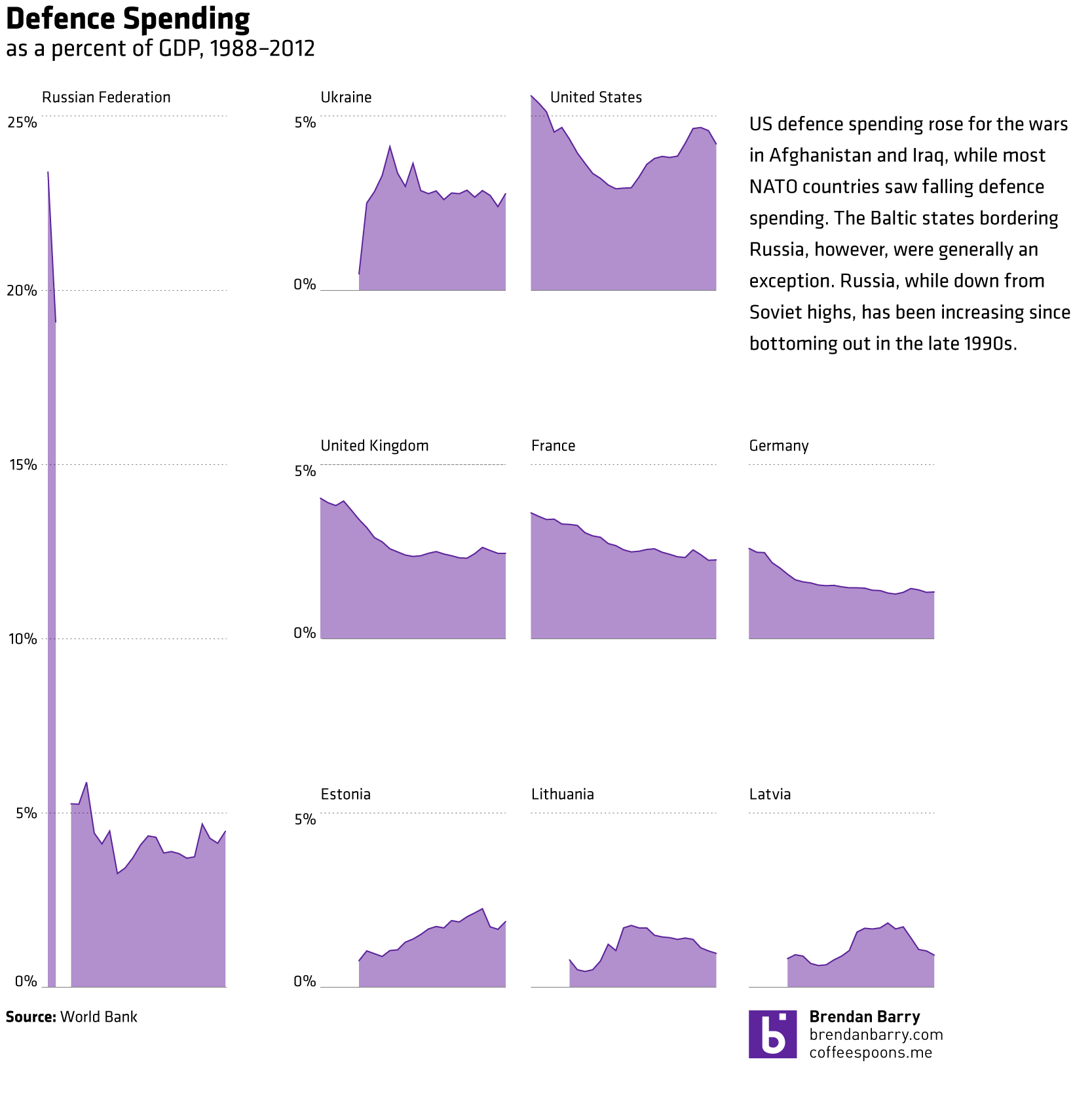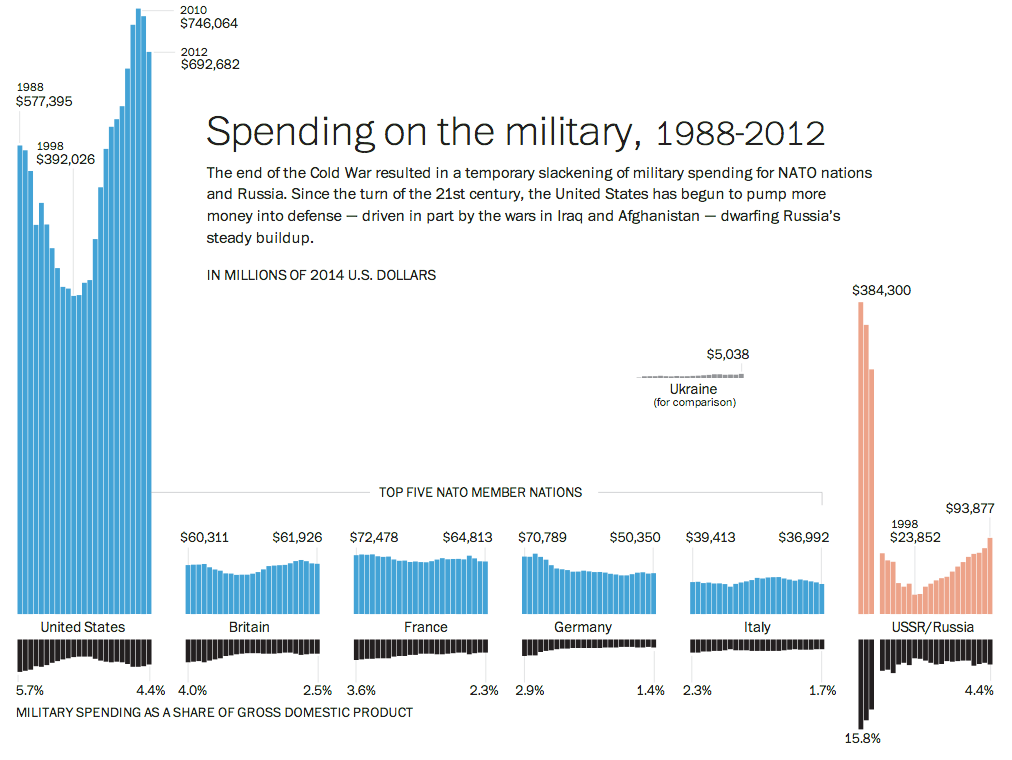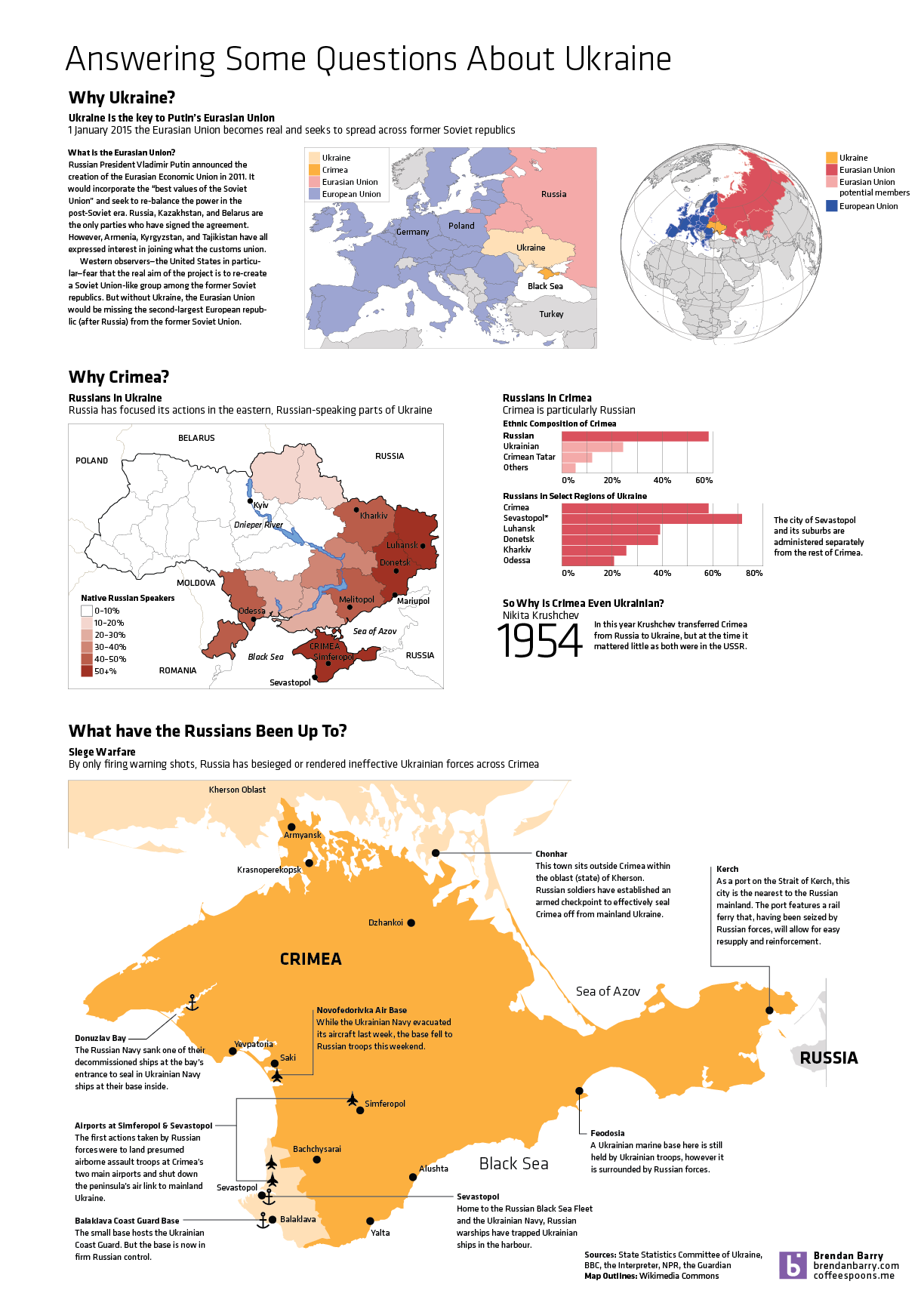ISIS is the main militant group threatening Iraq (and Syria) these days. The New York Times put together a nice graphic showing how in recent years the group has grown ever more violent by launching ever more attacks within Iraq. Of course, the other country of ISIS operations is Syria, where it has been involved in civil war for years now. This creates a battle-hardened group of fighters that is now, thanks to the fall of Mosul and Iraqi banks and military bases, well funded and well equipped.
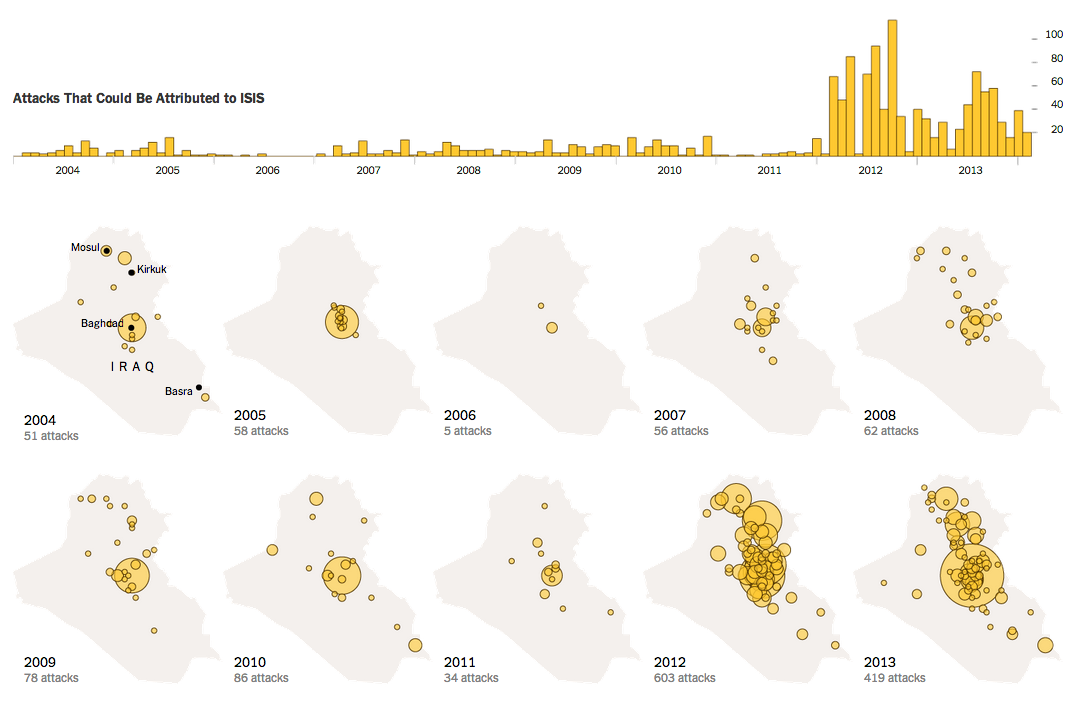
Credit for the piece goes to the New York Times graphics department.

